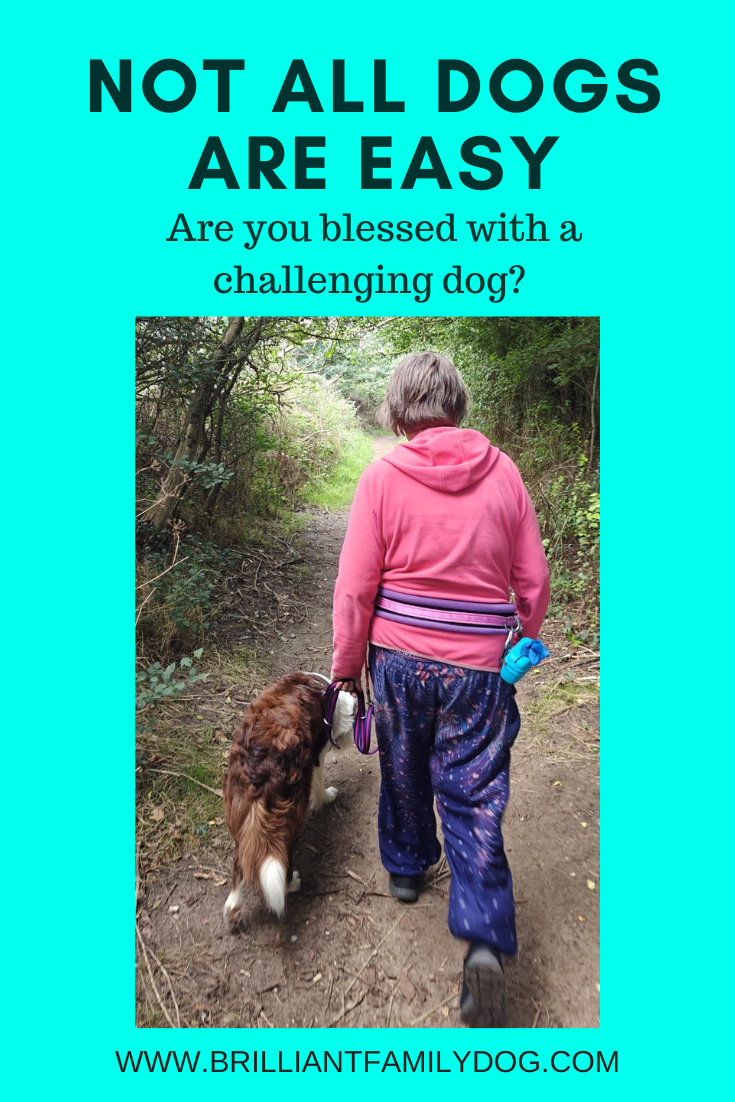I had my first cold in six years a while ago - and boy, did it hit me!
So I had to cut dogwalks right down.
🚶🏼No walks for a couple of days.
🚶🏼🚶🏼Then ten minutes for the youngster.
🚶🏼🚶🏼🚶🏼Next day 15 minutes for the other two
🚶🏼🚶🏼🚶🏼🚶🏼🚶🏼Eventually back up to normal!
But the point is - nobody died!
No dogs got upset. No dogs climbed the walls - I wouldn’t have had the strength to do anything about it anyway!
Everyone was fine. Lots of cuddles, a few gentle games.
All was well.
Time for a break for both you and your dog?
So.
There is no need to feel worried if for some reason your dog isn’t getting the walks they’re used to.
We take care of them, and we know we have to stop walks when they are overwhelmed, injured, or unwell.
We have to take care of us too!
If we’re overwhelmed, injured, or unwell - then maybe walks need to go.
Of course, if you live in beautiful countryside and the weather is wonderful, and you have calm, non-reactive dogs, then it could be just what the doctor ordered.
But, if you’re blessed with a Growly Dog … then give it a miss till you’re feeling stronger.
We’re approaching the busiest and silliest season of the year. Maybe you’ll have a lot going on, with extra financial strain, visitors, travelling …
Don’t make your life harder!
The days are short, more dogs are out in a much smaller window of daylight.
As long as there is some entertainment or stimulation for your dog (and visitors and travelling are plenty of entertainment and definitely plenty of stimulation!) then you’re ok.
Perhaps some puzzles (lickimat, kong, cardboard boxes and tubes with treats inside, actual doggy puzzles).
A bit of Focus Game .. (Don’t know the Focus Game? Ooh - you need to check out the Brilliant Family Dog Academy: start here!)
Have you got a good retrieve? Now is the ideal time to teach it! You can teach the basics sitting or lying down - the dog will be doing the work. Here’s how.
Then get back on the sofa.
Together.














